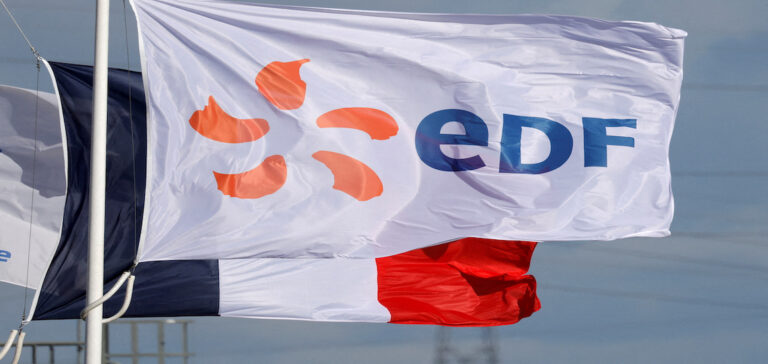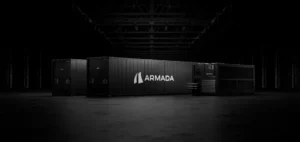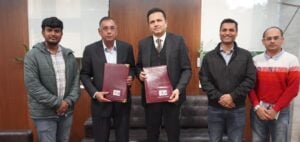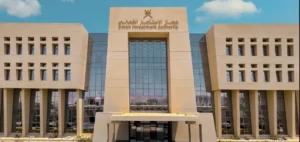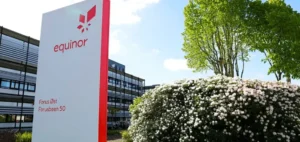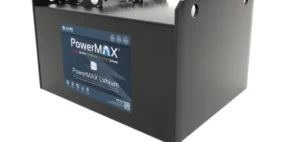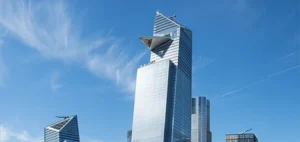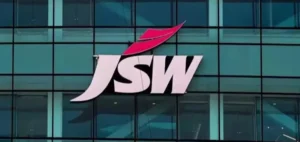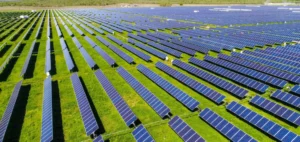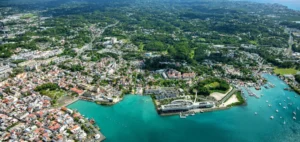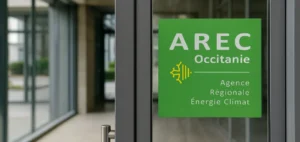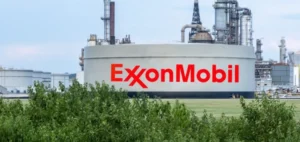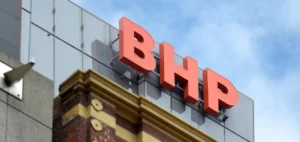After a dismal year in 2022, EDF returned to profit in the first half of the year, raking in 5.8 billion euros, boosted by the restart of several of its nuclear reactors against a backdrop of sustained electricity prices. This marked increase, for sales of almost 75.5 billion euros, was due to “a good operating performance”, particularly in nuclear power, and also in a context of favorable electricity prices, as the group pointed out in its half-yearly financial results on Thursday.
Results and challenges
The 2022 results had also been weighed down by its forced contribution to the “tariff shield” designed to protect French energy bills. The Group is therefore raising its financial targets for 2023, although still constrained by huge financing requirements and abysmal net debt of 64.8 billion euros. “These results reflect the intensified efforts of all EDF teams,” said CEO Luc Rémont on Thursday, who joined the company in November. “Everywhere in the Group, we have embarked on profound work to improve our efficiency, in order to support our customers ever better in their energy transition. The EDF Group is well on the way to meeting all its future challenges with its industrial partners.”
In the first six months of 2022, the national electric utility suffered a historic loss of 5.3 billion euros, due to the drop in nuclear production caused by a corrosion problem at several power plants and shifted maintenance schedules as a result of Covid. By 2022, its nuclear output had fallen to 279 terawatt-hours (TWh), its lowest level for 30 years, and EDF had ended the year with a loss of 17.9 billion euros. Today, of the 16 reactors most sensitive to this corrosion problem, 11 have been repaired, two are in progress, two will be repaired by the end of 2023, and the other will be repaired when it undergoes its ten-yearly inspection, Luc Rémont told journalists.
Energy challenges and ambitions for the future
EDF has confirmed that it will reach between 300 and 330 TWh this year, aiming for 335 to 365 TWh in 2025. All this will have to come from the 56 existing reactors, commissioned between 1979 and 2002, and the imminent EPR reactor at Flamanville, since the new generation of reactors (EPR2) is not expected until 2035 at the earliest.
The French government, which has renationalized the now delisted group at 100%, is putting pressure on the company and its CEO. Energy Transition Minister Agnès Pannier-Runacher insists on a target of 400 TWh by 2030. “400 TWh in 2030, that’s the target you’ve set yourself now, and that we’ll be using to judge the operational performance of EDF’s senior management,” she said on Monday during a visit to the Bugey power plant in the Ain region, chosen by the government as the site for two future reactors.
The financial challenges of the future of energy
In addition to its ageing fleet, the power company has to manage a pile of complex issues, linked to the launch of new reactor projects and the need to finance the expansion of its renewable production (wind and solar power). EDF will have to boost its investments to 25 billion euros a year, a level “unprecedented” in its history, Luc Rémont has already warned. There’s the bill for the “grand carénage”, the program to modernize and extend the lifespan of power plants beyond 40 years, costing around €66 billion. The government is also planning a program of six to 14 EPR reactors, estimated at €51.7 billion for the first six. How can we finance them? EDF can’t do it alone.
Several options are being put forward, including zero-interest loans and mobilization of the Livret A passbook, the government recently listed, hinting at a decision by the end of 2024. All this with the approval of Brussels, which is generally unfavorable to state aid. Above all, the government and EDF will have to agree on the price of nuclear power, at a time when the former has just decided to end the “tariff shield” on French bills. EDF’s CEO has already made it known that he considers the current system, imposed by Brussels and consisting in forcing him to sell electricity at low prices to his competitors, to be a source of “under-remuneration for the company”. However, the Arenh mechanism is due to expire on January 1, 2025.


